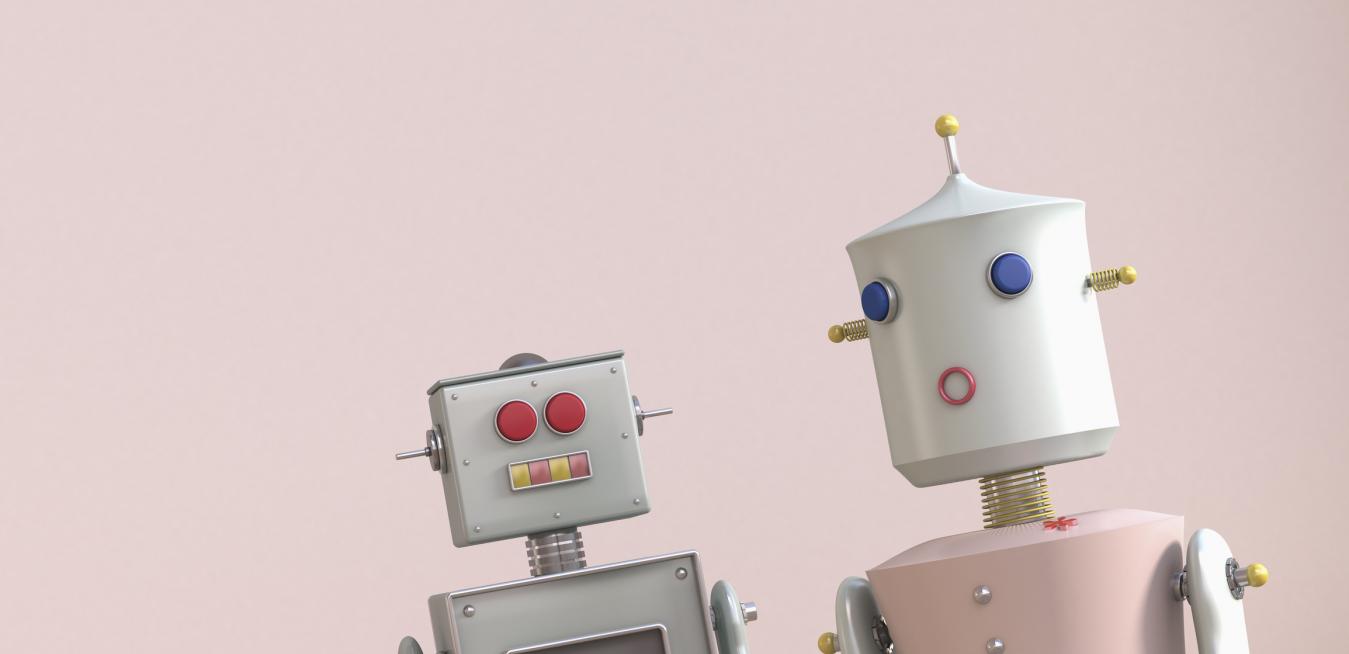Robots are developing quicker reaction times, paralyzed mice are walking again and NASA’s Curiosity rover has now spent more than 3,000 days exploring the Martian landscape. This week’s coolest things are all about science on the move.
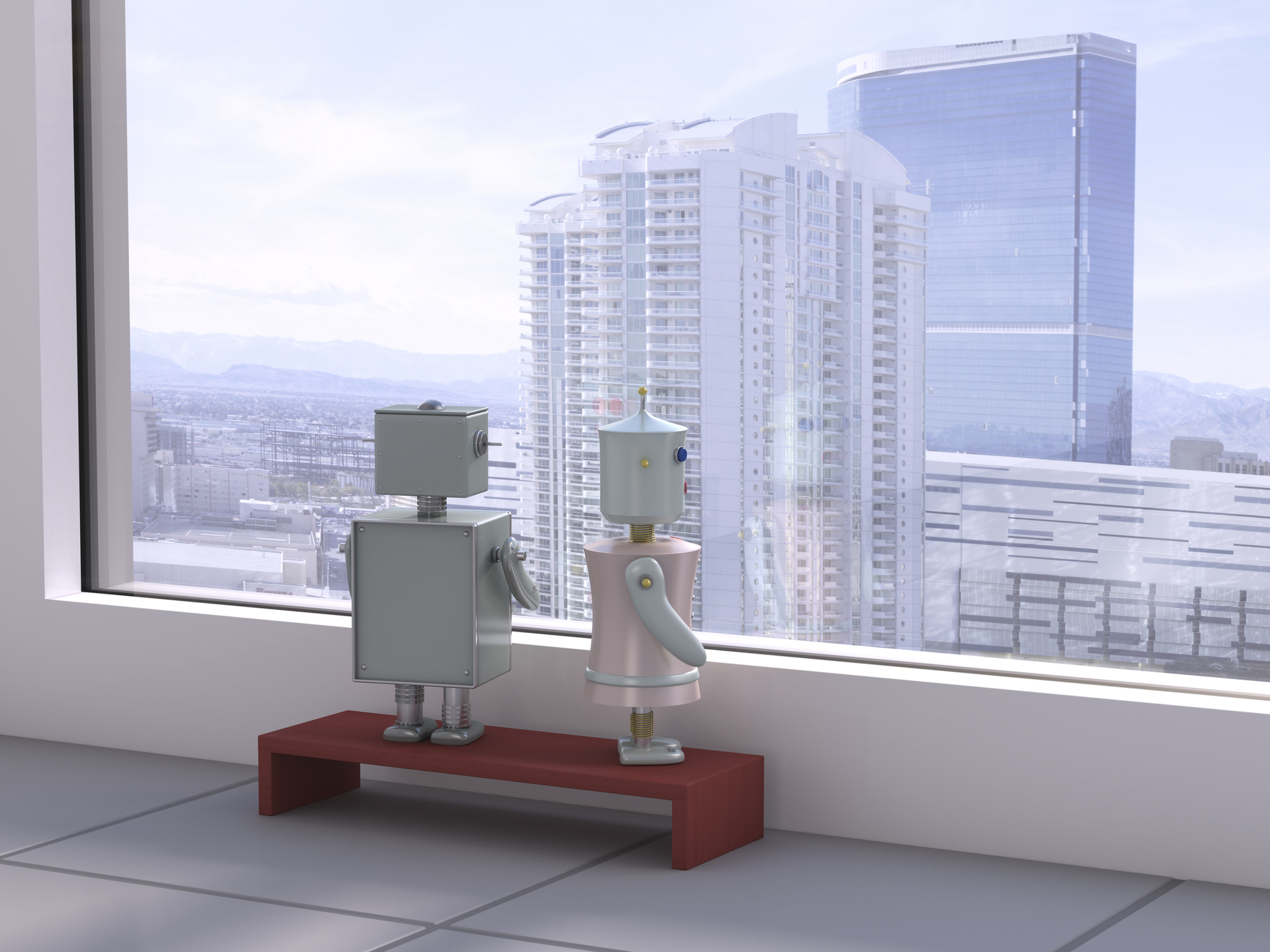
What is it? Researchers at MIT’s Computer Science and Artificial Intelligence Laboratory, or CSAIL, are working on “robomorphic computing” technologies that help bridge the gap between robot brains and robot bodies, enabling machines to move faster.
Why does it matter? Mechanically, robots can move plenty fast. But the time it takes them to compute where to go slows them down — which is an impediment to their widespread adoption in a variety of industries, including healthcare, where they could potentially act as frontline workers. MIT’s Sabrina Neuman said, “It would be fantastic if we could have robots that could help reduce risk for patients and hospital workers.”
How does it work? Neuman said there are three steps to robot movement: perception, using sensors or cameras; mapping the local environment, including the machine’s place within it; and then plotting a course of action. That takes a lot of computing power, and the CSAIL team thought that better hardware, in addition to software, was the key. The robomorphic computer system involves hardware in which the user inputs the physical parameters of the specific robot, including zero values for the movements the robot can’t make. “The system then designs a hardware architecture specialized to run calculations only on the non-zero values in the matrices,” according to MIT News. “The resulting chip design is therefore tailored to maximize efficiency for the robot’s computing needs.”
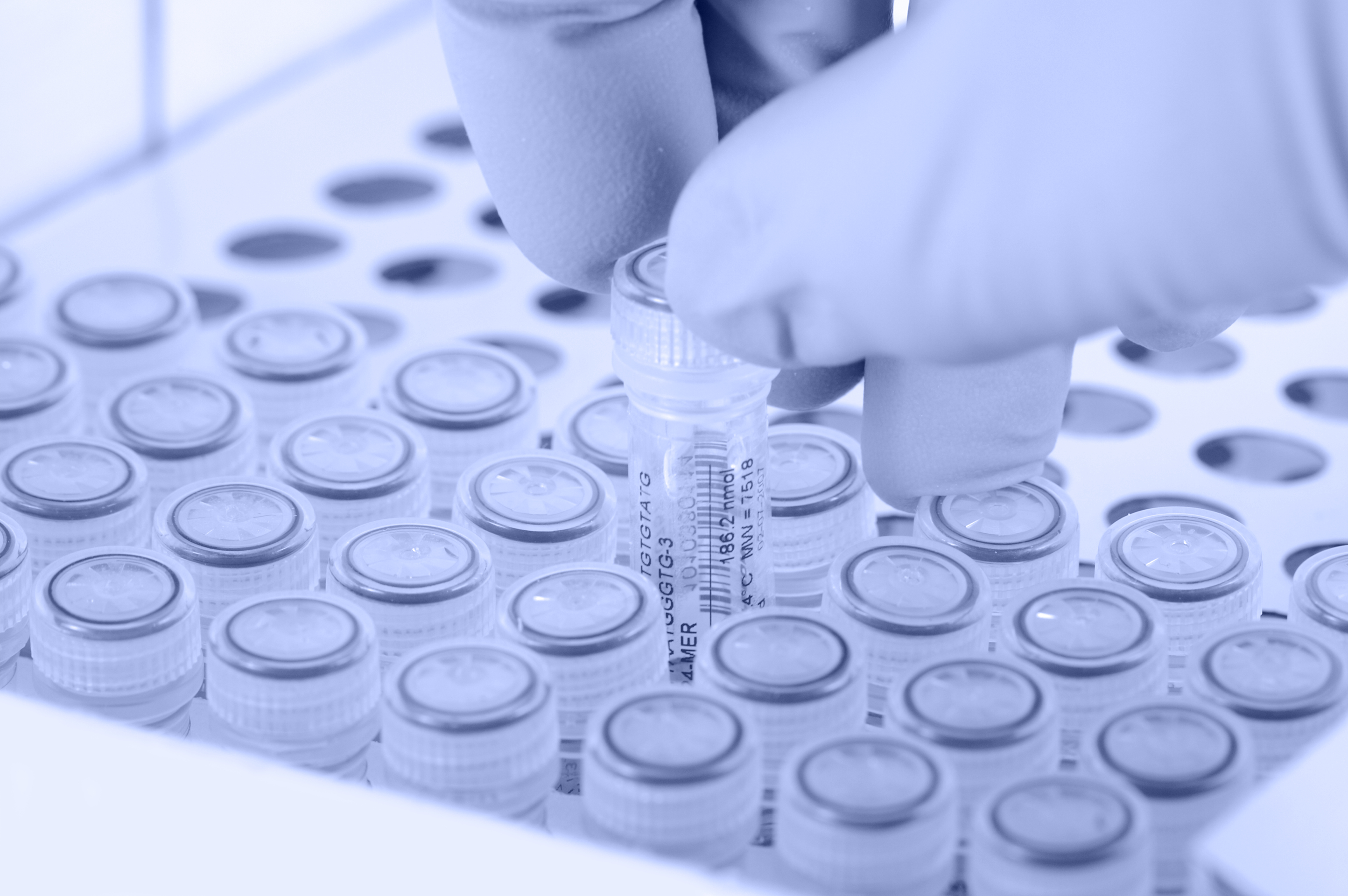
What is it? Scientists at Germany’s Ruhr-Universität Bochum used gene therapy to get paralyzed mice to walk again.
Why does it matter? The advance could point the way toward treatment for human patients paralyzed by spinal cord injuries resulting, for instance, from sports or traffic accidents. Severe injury can sever nerve fibers, called axons, that transmit information from the brain to the muscles, resulting in permanent paralysis. The mice in the study had “complete cross-sectional injury,” but the therapy stimulated nerve cells to regenerate.
How does it work? The key was a protein called hyper-interleukin-6 — a “so-called designer cytokine,” said professor Dietmar Fischer co-author of a new paper in Nature Communications, “which means it doesn’t occur like this in nature and has to be produced using genetic engineering.” The team used viruses suitable for gene therapy to deliver blueprints for the production of the protein to nerve cells in accessible parts of the brain. From there, axonal side branches transported the hyper-interleukin-6 to other areas of the brain involved in movement. “Thus, gene therapy treatment of only a few nerve cells stimulated the axonal regeneration of various nerve cells in the brain and several motor tracts in the spinal cord simultaneously,” Fischer said. “Ultimately, this enabled the previously paralyzed animals that received this treatment to start walking after two to three weeks.”
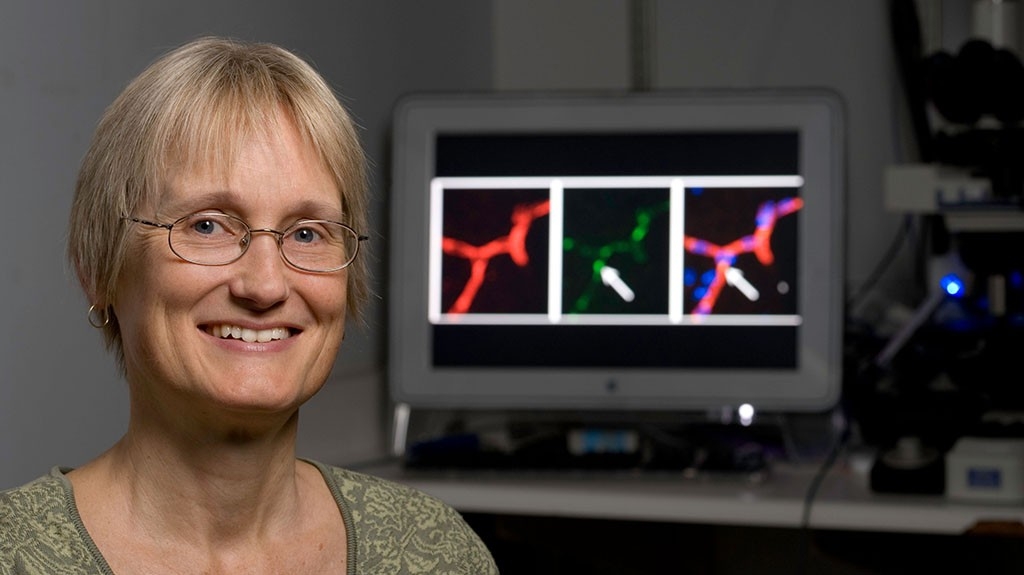
What is it? Researchers at Stanford University have identified immune cells that they think could be key to preventing or reversing age-related cognitive decline.
Why does it matter? Those cells are called myeloid cells, characterized in a Stanford news release as “part soldier and part park ranger”: “When not fighting off infectious intruders, they keep busy cleaning up debris, such as dead cells and clumps of aggregated proteins; provide nutrient snacks to other cells; and serve as sentinels watching for signs of invading pathogens.” But as we age, those cells can kick into overdrive, attacking perceived immune invaders that aren’t there, and causing inflammation in healthy cells that’s linked to a loss of mental acuity.
How does it work? In the study, just published in Nature, Stanford’s Katrin Andreasson and her lab blocked “the interaction of a particular hormone and a receptor that abounds on myeloid cells” in living mice and in mouse and human myeloid cells in a dish. They found that was enough to restore the “youthful metabolism and placid temperament” of the cells in vitro, and reverse age-related decline in vivo — that is, the mice demonstrated renewed recall and navigation skills. “If you adjust the immune system, you can de-age the brain,” Andreasson said.
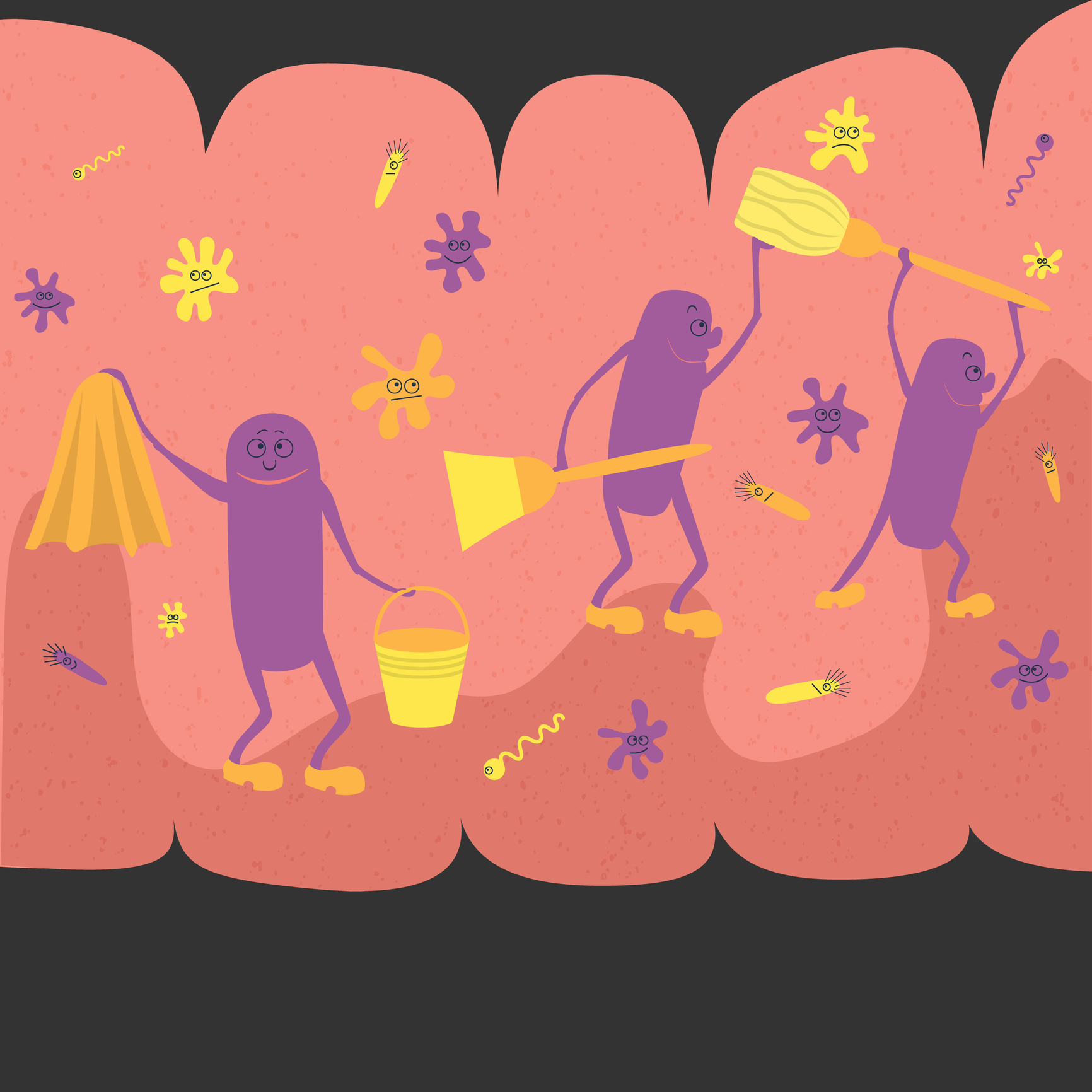
What is it? It’s a crappy job, so why not let artificial intelligence do it? In hopes of gaining a better understanding of the manifold bacteria that populate our intestines, researchers at the University of Copenhagen are using AI to analyze feces.
Why does it matter? Over the last couple decades, the gut microbiome has become all the rage — researchers suspect that the bacteria down there could be linked to everything from diabetes to autism and depression. But there are a lot of bacteria down there: up to 1,000 different species and approximately 100 billion active bacteria. “A lot of research is being done within this field, but we still have not identified all the bacteria found in and on the human body,” said Copenhagen’s Simon Rasmussen, co-author of a study in Nature Biotechnology. “Knowledge of the bacteria is vital if we are to understand what is going on.”
How does it work? Feces contain the fragments of bacteria that’ve helped metabolize food in the stomach and intestines, but only that: fragments. Rasmussen and colleagues developed an AI algorithm that can complete the strings of DNA of the bacteria, offering a fuller picture, Rasmussen said: “If we are able to reconstruct their DNA, it will give us an idea of the types of bacteria we are dealing with, what they are capable of and what they actually do. It is not the complete picture, but it is a huge step forward.”

What is it? Not long after Earthlings turned over a new year, NASA’s Curiosity rover passed its own milestone, celebrating more than 3,000 days on the red planet on Jan. 12. That measurement’s in Martian days — but they’re not too different from days here on Earth, containing about 25 hours versus our 24.
Why does it matter? Launched from Earth on Nov. 26, 2011, and touching down on Aug. 5, 2012, Curiosity is “the largest and most capable rover ever sent to Mars,” and has sent back troves of information — including evidence of conditions that could’ve sustained life.
How does it work? Right now Curiosity is making its way up 3-mile-high Mount Sharp, which it’s been exploring since 2014. Among other things, Curiosity has sent back images of intriguing geologic formations — curved rock terraces — inside the Gale Crater. “Our science team is excited to figure out how they formed and what they mean for the ancient environment within Gale,” said NASA’s Ashwin Vasavada.
